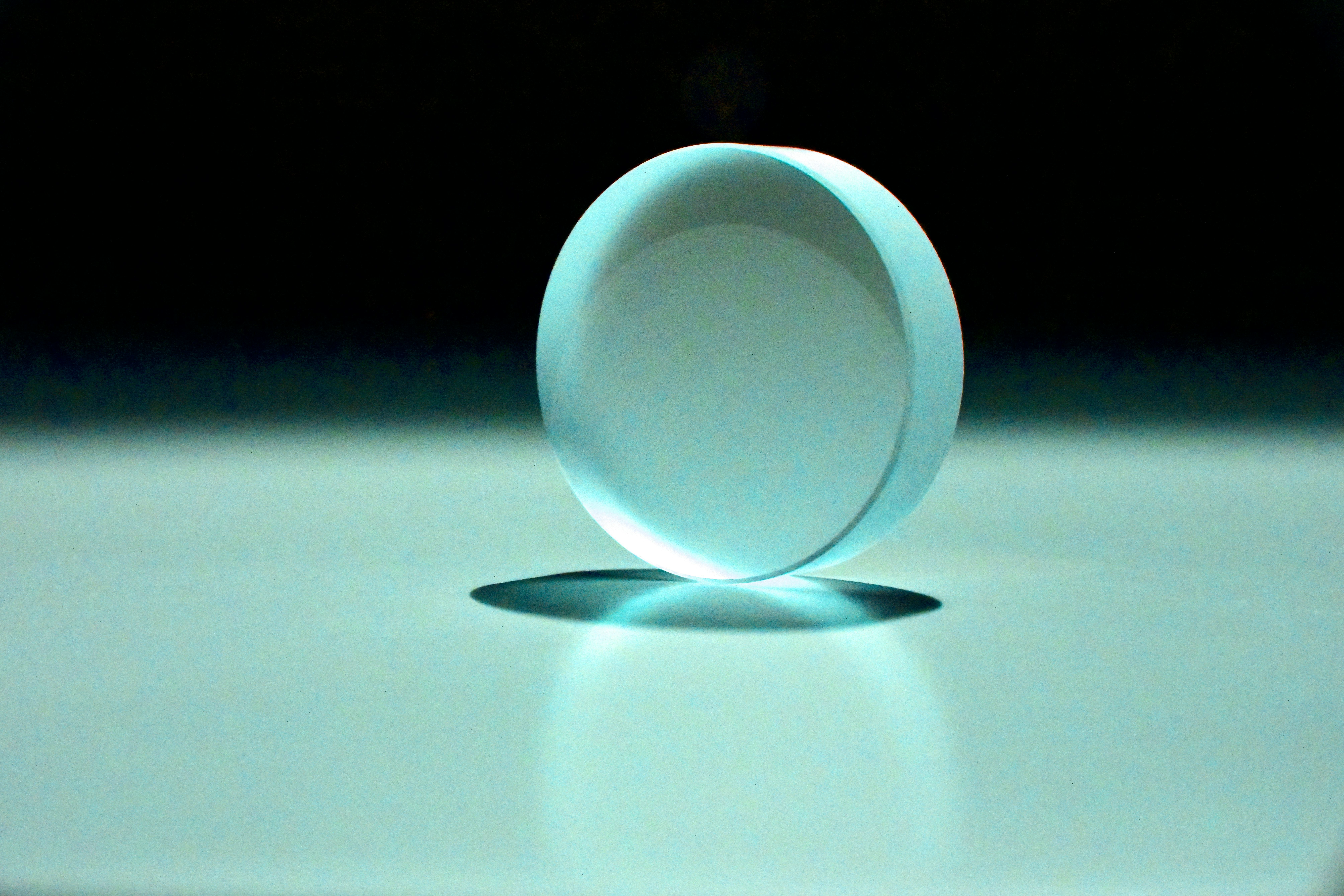
E = mc2 may be the most quotidian equation in physics. Everyone’s heard of it and it’s been proven time and again. Did you convert mass into energy? Go tell it to the stars, whose light is generated from mass lost during nuclear fusion.
But there is another way to imagine this fundamental equation.
“You can actually look at this process from both sides,” Daniel Brandenburg, a physicist at Brookhaven National Laboratory, tells Inverse.
“In our case, we wanted to take light and convert it into matter.”
That it turns out is a lot less mundane.
On his 143rd birthday, Inverse celebrates the world’s most iconic physicist — and interrogates the myth of his genius. Welcome to Einstein Week.
Brandenburg is a member of the STAR collaboration, a group of more than 700 scientists from 15 countries who use BNL’s Relativistic Heavy Ion Collider, or RHIC (pronounced “Rick”), to smash gold nuclei together at 99.995 percent the speed-of-light.
For this experiment, the researchers were more interested in the near misses than the hits. Ultra-high-energy photons encircle the gold nuclei like an aura, and auras collide as nuclei zoom past one another. When photons (particles of light; massless, pure energy) collide, they generate an electron and a positron, its antimatter counterpart — both particles that have a mass. This is known as the Breit-Wheeler Process.
“The part that makes the Breit-Wheeler process so hard to achieve is getting photons that have enough energy,” explains Brandenburg. “We’ve crossed this threshold where we can convert the photons into a real electron-positron pair. And that’s where we really can achieve what Einstein talked about, where we take the energy from the photons.”
The Einstein Connection
E = mc2 is an outgrowth of Albert Einstein’s theory of special relativity, which says that an object’s speed affects how it experiences space and time relative to other objects. (His theory of general relativity adds gravity into the mix.) About two decades after Einstein’s seminal 1905 paper on the matter, two theoretical physicists, Gregory Breit and John Wheeler took his by then famous and accepted equation and deduced the requirements for turning light into matter.
“Everyone believed this process exists,” says Zhangbu Xu, a BNL physicist and a former STAR collaboration’s group leader and spokesperson.
“But no one has ever been able to demonstrate it.”
Xu tells Inverse that if Einstein were alive today, “at this point he would probably say, ‘Hey, what else do you expect?’”
Rafael Alves Batista agrees. Alves Batista is a research fellow at the Institute for Theoretical Physics at the Autonomous University of Madrid who studies the astrophysics of high-energy photons and was not involved in the study.
“The fact that we don’t see gamma rays from farther than a given distance already tells us that there is the... Breit-Wheeler process,” Alves Batista tells Inverse. This is because high-energy light from very far away in the universe is intercepted through collisions with other photons, making it invisible to detectors here on Earth.
“However, what they are doing needs to be done,” he said, “because there might be some deviation of a prediction.”
Brandenburg says that prediction and experiment “overlap so perfectly that you can barely even see the curve from the data.” This further strengthens the current understanding of how the universe works at both large and small scales.
Making new physics possible
“We’re really on this threshold where it’s finally possible, and, even for us, it’s only barely possible at this point,” says Brandenburg, speaking of the fact that this experiment required nearly 90 years of technological advances.
One major discovery was that the researchers observed the polarized light is split into different paths by the very strong magnetic fields surrounding the gold nuclei.
“It’s not just proving the Breit-Wheeler process,” says Xu, “but the fact that we can demonstrate those photons are polarized and how we can actually measure that polarization itself.”
This has made it possible to use polarized light to study the magnetic field around highly-charged nuclei as well as better understand the physics of atomic nuclei.
“What the nucleus looks like at high energies is still very much unanswered,” explains Brandenberg. “And with this discovery, we've developed an entirely new technique.”
That technique will be critical for the next-generation collider, BNL’s Electron-Ion Collider. Many scientists from the STAR collaboration have a hand in designing the EIC, which is set to come online around 2030.
Per Brandenberg, “I think probably the things that will happen in the next 10-20 years will start to push our understanding more because we’re entering this regime where the theory isn’t as well understood.”
On his 143rd birthday, Inverse celebrates the world’s most iconic physicist — and interrogates the myth of his genius. Welcome to Einstein Week.
Editor’s note: The story has been updated to clarify that the STAR collaboration does not have a hand in designing the EIC, but many scientists in the collaboration do.







